PureOS is a modern user-friendly Debian-based distro that uses exclusively free and open source software and it has the endorsement of the Free Software Foundation.
It’s said to have the best privacy-protecting apps that it ships with – which I guess is evident since I haven’t experienced any significant pop-ups yet.
On the whole, PureOS looks familiar owing to the fact that it runs GNOME desktop. Its screen is clutter free and being Debian-based, its operations and window functions are similar to that of Ubuntu.
Below is my list of its main features and why I will rate it.
PureOS Installation
The PureOS installation screen boasts a dark themed UI with the option to run PureOS live, use the Hardware detection Tool or Memory Diagnostic Tool in the advanced options section, or to install the OS on your hard drive.
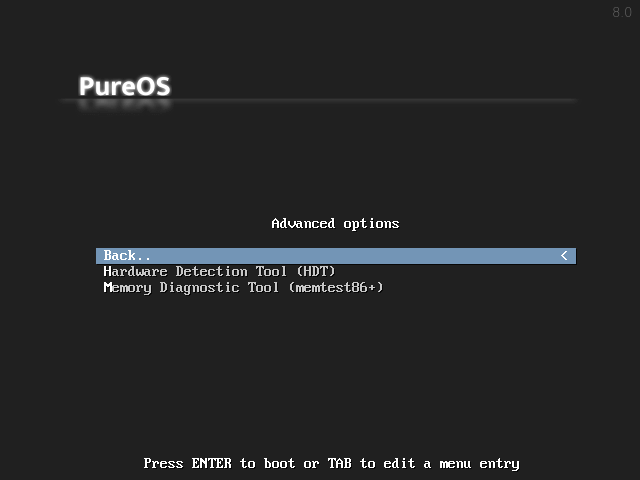
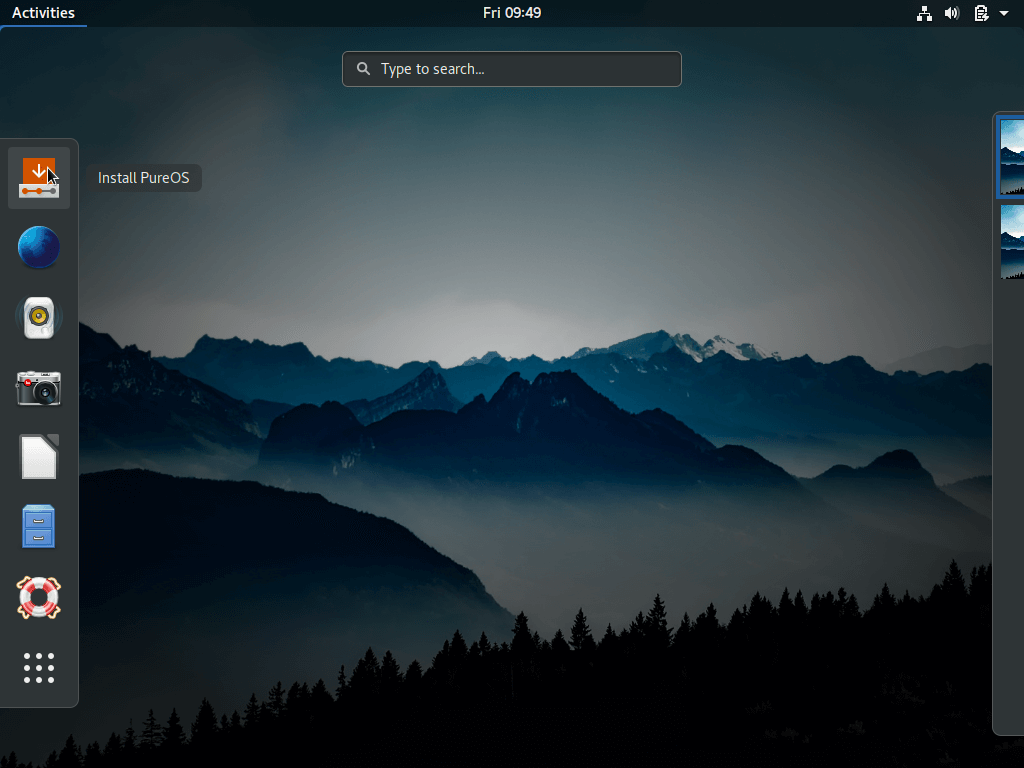
Next up are the typical installation options to set language, location, account details, etc. Follow the installation steps to install PureOS
User Interface / User Experience
To someone coming from an Ubuntu distro that runs Gnome desktop, the UI is clean and I like its distraction-free outlook. Straight out of the box PureOS presents a consistent UI/UX across all its applications and its responsive allows for a swift workflow.
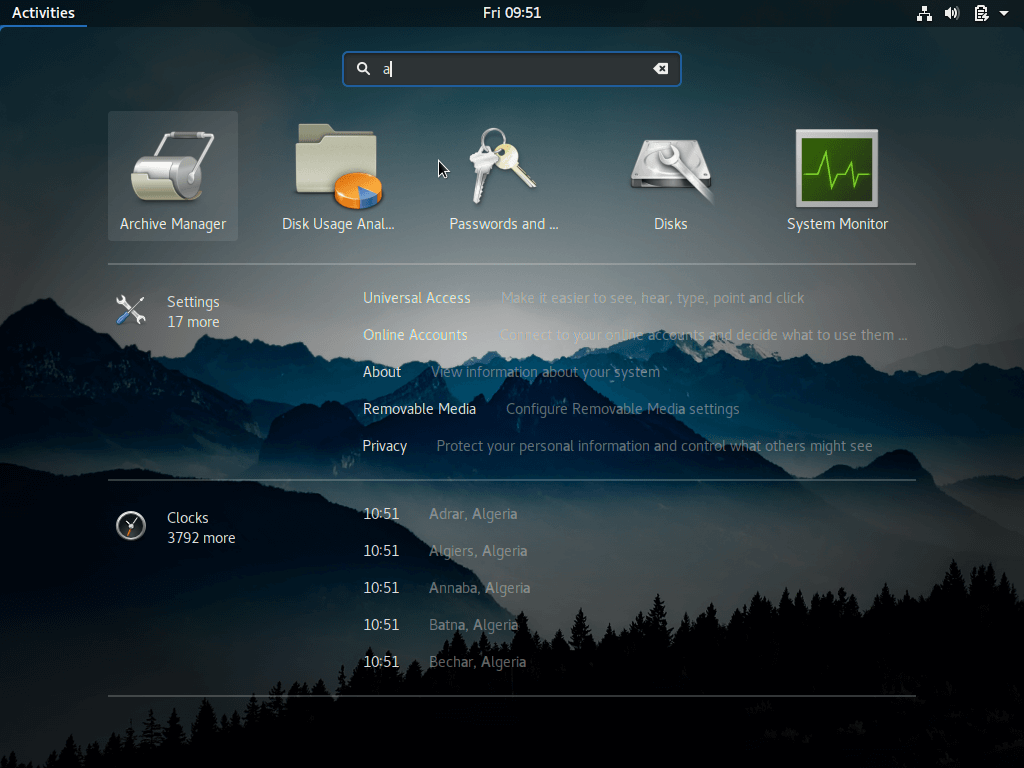
Desktop Environment
PureOS was one of the first distros to adopt Wayland-based GNOME desktop for user sessions and they have stuck with it since then while improving it along the way.
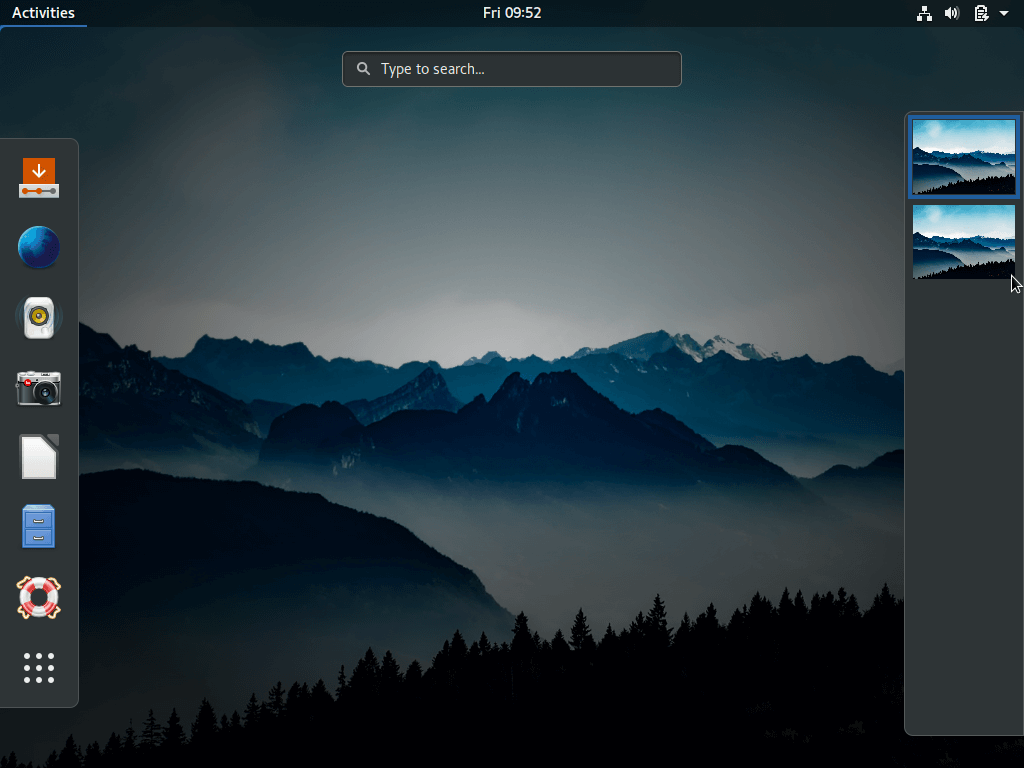
My favorite feature of the GNOME desktop is that I can keep my screen virtually empty. While some OSes are striving to lessen desktop clutter, GNOME allows us to take everything out completely.
Customization
PureOS can be personalized using GNOME extensions and GNOME Tweak Tool with which you can go as far as changing your system’s fonts. It is 100% open source so you’re free to go through its source code and tweak it to your desire.
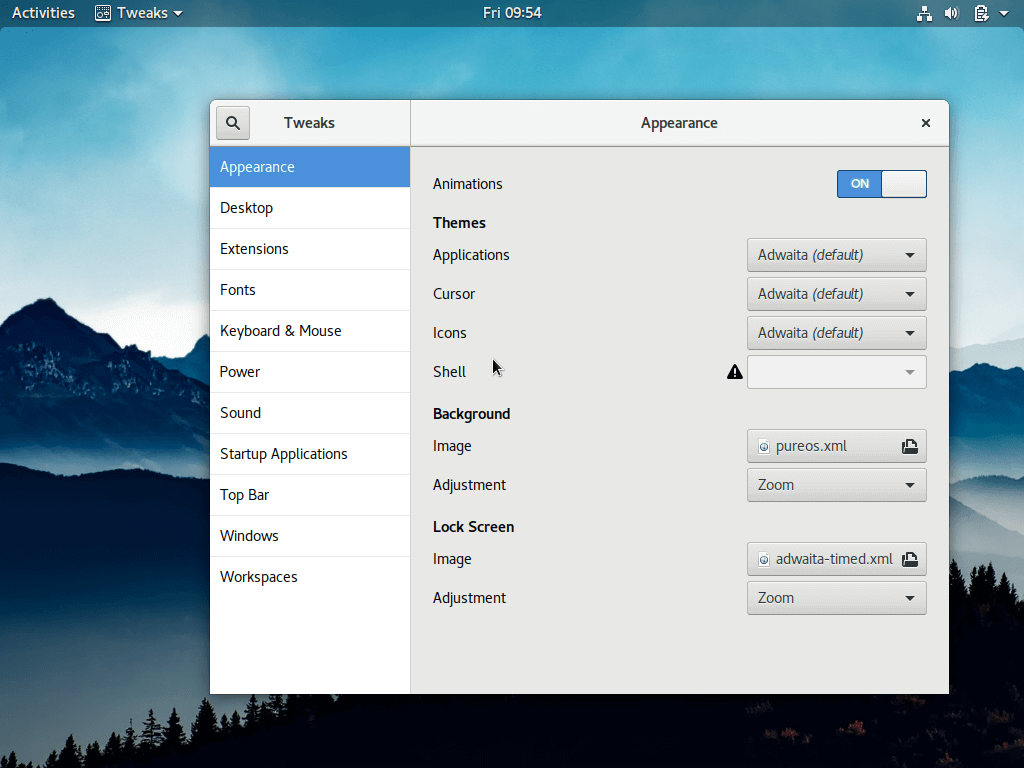
Default Apps
PureOS comes with LibreOffice suite for document creation along with Rhythmbox for music, Terminal, Pure Browser (Firefox-based), Kodi Medica Center, and ToDo for to-do lists.
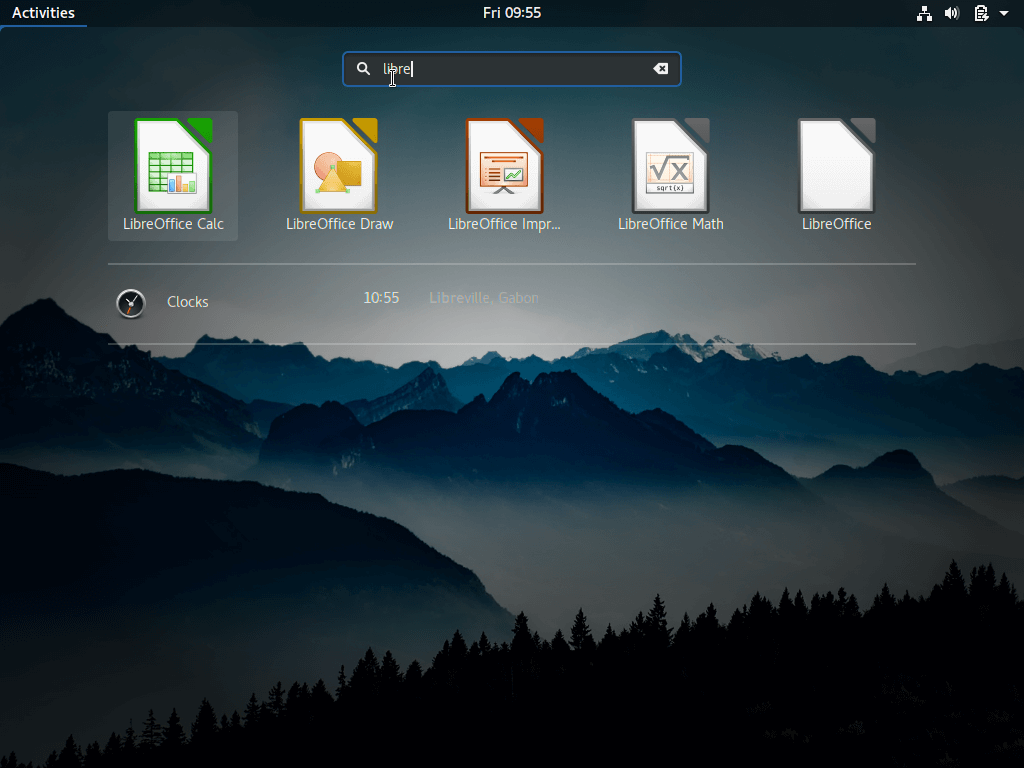
The most interesting app I came across is boxes – with which you can create customized virtual machines.
App Store
PureOS is Debian-based and it uses GNOME so its app store is similar to that of Ubuntu. You can search for and install new apps without any hassle.
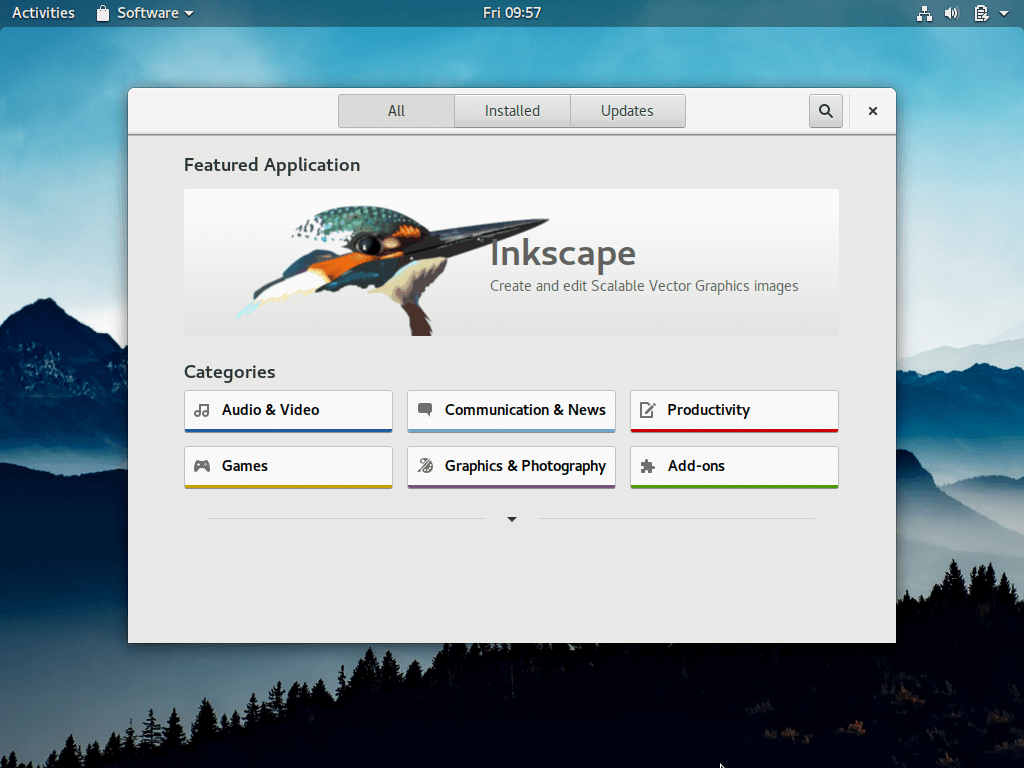
Software Updates
You have the options to manage your repositories, as well as tweak options like Developer options, update type and schedule, authentication, and other software.
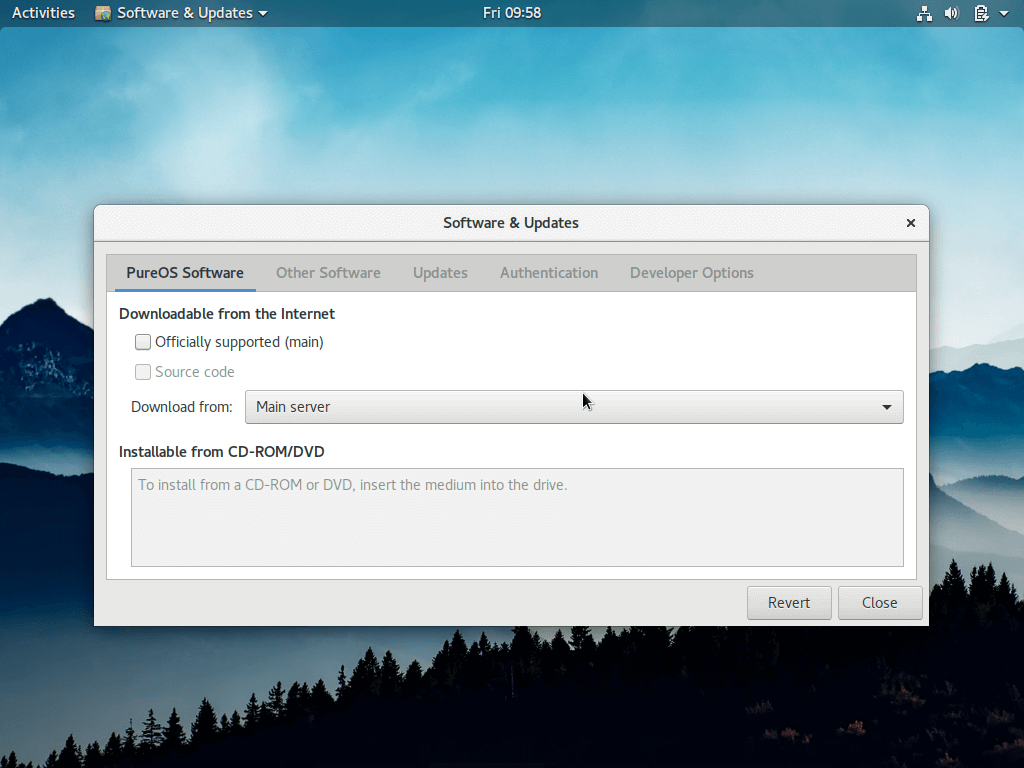
Conclusion
On the whole, PureOS delivers an impressive performance. My assumption is that these days the least RAM in use is 2 GB so you should be able to run heavy programs without any worry.
I don’t see why I would leave Ubuntu for PureOS but it could be an okay replacement.
Feel free to share your views on PureOS in the comments section below.

Placing and receiving calls is important to some customers. Please enumerate all wireless carriers that were tested. https://uploads.disquscdn.com/images/0a760342e88a80501a9f8c0e05df0c307128edb894b254ad26ce107b0cd3fab1.gif
I think, this review of PureOS makes no sense without mentioning, who makes this distribution and for what reason. Epic Fail here.
PureOS is developed by Purism, maker of Librem Notebooks and the Linux Phone Librem 5. Purism notebooks put the main effort on security and through that on the protection of your privacy. Also not mentioned is the fact that PureOS is endorsed by the Free Software Foundation.
Why would one want to use this, rather than Debian? What’s the point of all these distributions “based on {Debian|UbuntuRed Hat}”? What do they do, other than saying “look – I have my own distribution”?
Different distros have different emphases.
ElementaryOS emphasizes MacOS-style simplicity and elegant design, and goes through great effort on seemingly small decisions like icon size, amount of text in a window, etc to ensure that all its included apps are easy to use and have a consistent look and feel, even creating new apps if nothing else out there is “just right”. It all adds up to a very different experience and app selection than Ubuntu.
https://medium.com/elementaryos/get-settled-into-elementary-os-with-onboarding-49a3e7031895
PureOS emphasizes what its sponsoring company is named for – Purism.
Freedom
Not only is every line of code in it 100% “free” (as in open source), it ensures that every app in its app store and repositories is also free and even that the apps themselves never offer any proprietary (“unfree”) plug-ins, extensions, and add-ons to a user.
Privacy
It also has a heavy emphasis on privacy – it has Location Tracking disabled by default, its Firefox-based PureBrowser defaults to DuckDuckGo instead of Google search, and has a number of privacy protecting extensions pre-installed. (By contrast, Debian offers proprietary software in one of its official repositories, and Firefox has been criticized for presenting offering unfree plug-ins and having a license agreement incompatible with the Free Software Foundation guidelines.)
Convergence
PureOS has also been designed from the start to be able to run on smartphones with no modification, no separate version – and that includes its apps. Write an app for the desktop, and it should run fine on a PureOS smartphone. See how that looks (scroll down for the videos at this link):
https://puri.sm/posts/converging-on-convergence-pureos-is-convergent-welcome-to-the-future/
(Ubuntu tried this with its Unity interface and Ubuntu Touch/Phone project but gave up.)
Mint has the opposite approach from PureOS – it emphasizes pragmatism over principle, and being hassle-flee to use and transition to is its top priority. Back before Ubuntu did, Mint pioneered default pre-installation of proprietary (“unfree”) code to ensure that Flash and MP3 would play and that everyone’s Wifi and video cards would work. Unlike Debian, Mint’s built-in app store offers popular Linux software like Steam, Skype, Adobe Reader, Spotify, Google Earth, Slack, Minecraft, etc that are proprietary but which newcomers from Windows or Mac are reassured by and might expect to find. Mint’s default user interface is a close match to Windows, while the GNOME layout used by PureOS, Ubuntu, and Debian may confuse and alienate some newbies.
The Arch User Repository is an excellent reason to leave Ubuntu — no more messing with PPAs.
Arch is a headache to setup even for tech savvy folks. I like the concept but it should be more user friendly.